Stickiness in fruit often signals a high sugar content, natural latex, or mucilage, all of which serve important roles in the plant’s survival. Some protect seeds, others aid digestion, and many contribute to the fruit’s rich texture or healing properties in traditional medicine.
From tropical giants to dried pantry staples, sticky fruits are found in all forms across the globe. And while they may require an extra napkin or two, their lush textures and concentrated flavors make them well worth the mess.
Here’s a list of sticky fruits—from soft and syrupy to sap-rich and clingy:
Annona 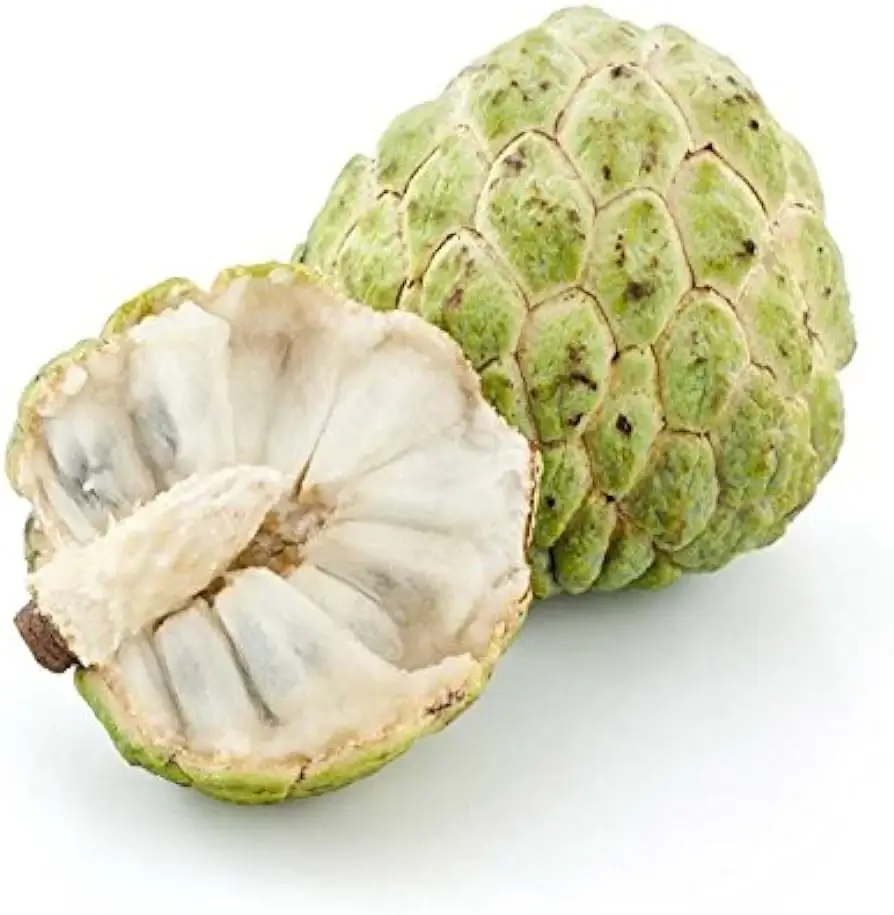 |
Rambai 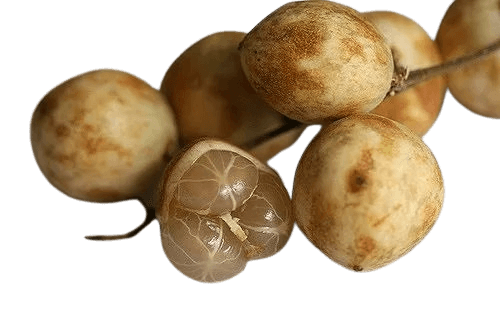 |
Banana 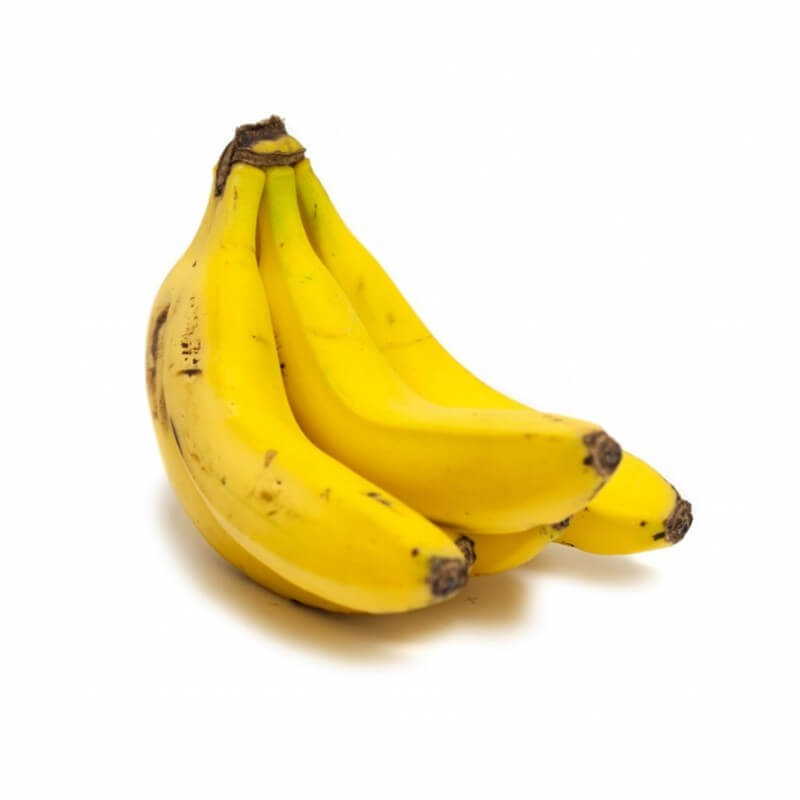 |
Breadfruit 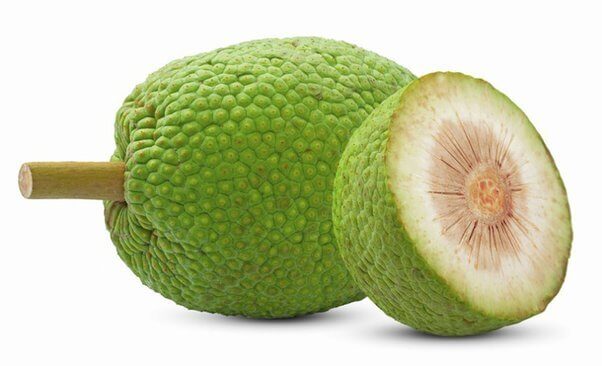 |
Cherimoya 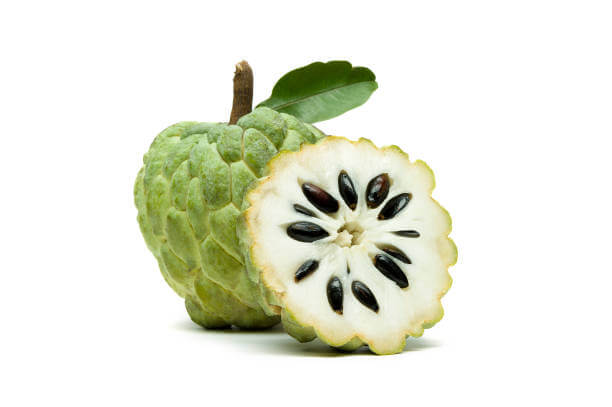 |
Sapodilla 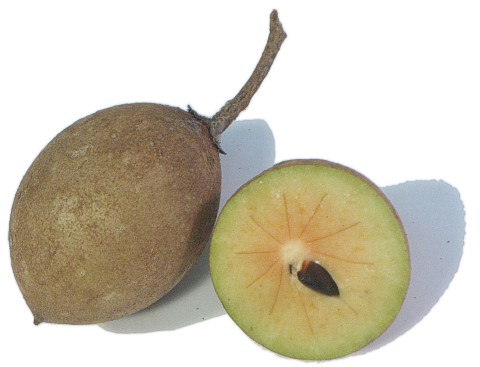 |
Cupuassu 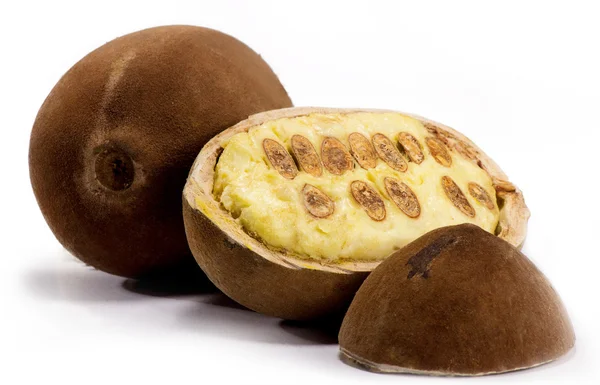 |
Dates 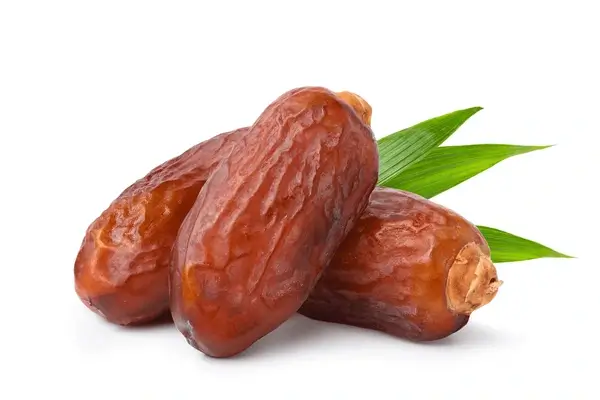 |
Durian 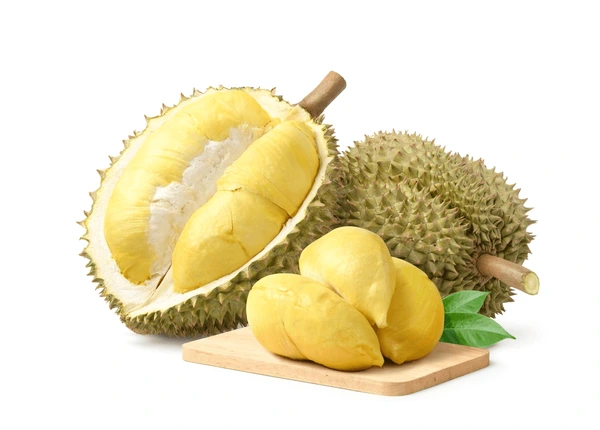 |
Figs 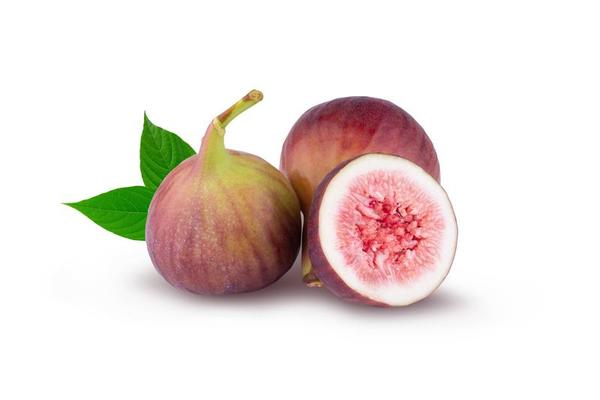 |
Indian Jujube 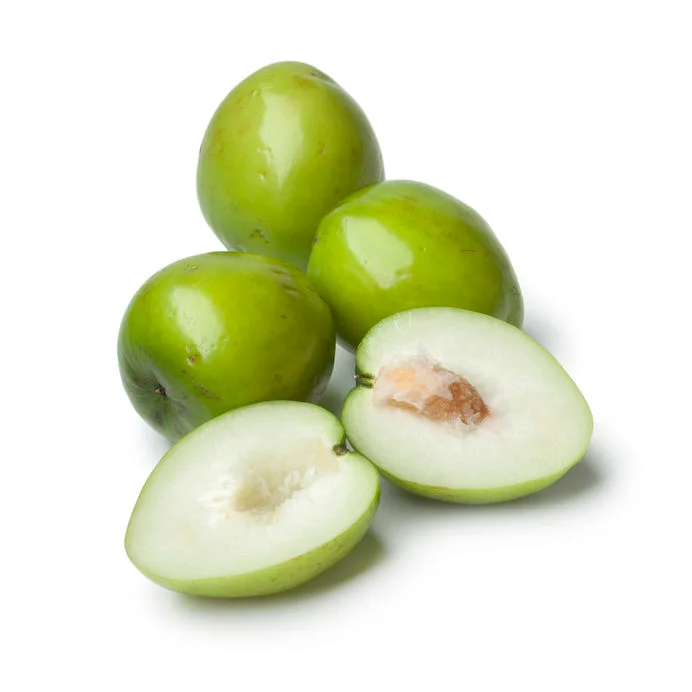 |
Jabuticaba 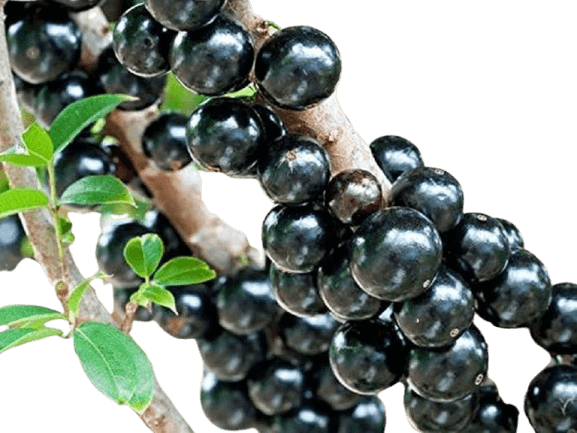 |
Jackfruit 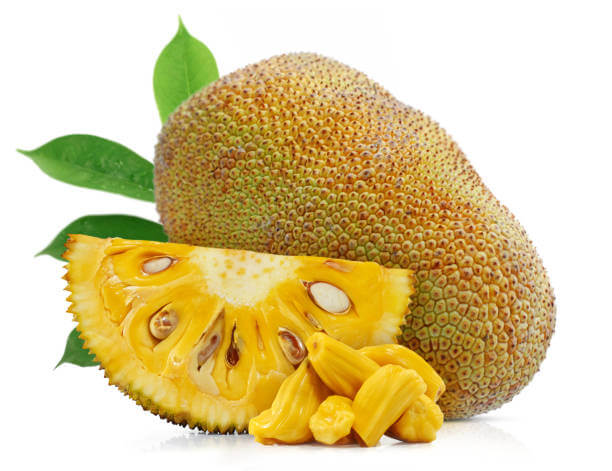 |
Longan 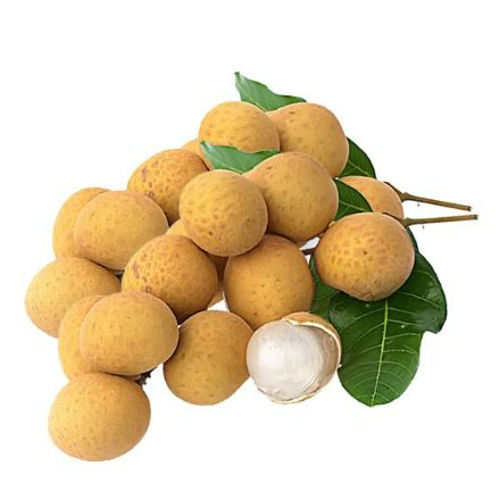 |
Lychee 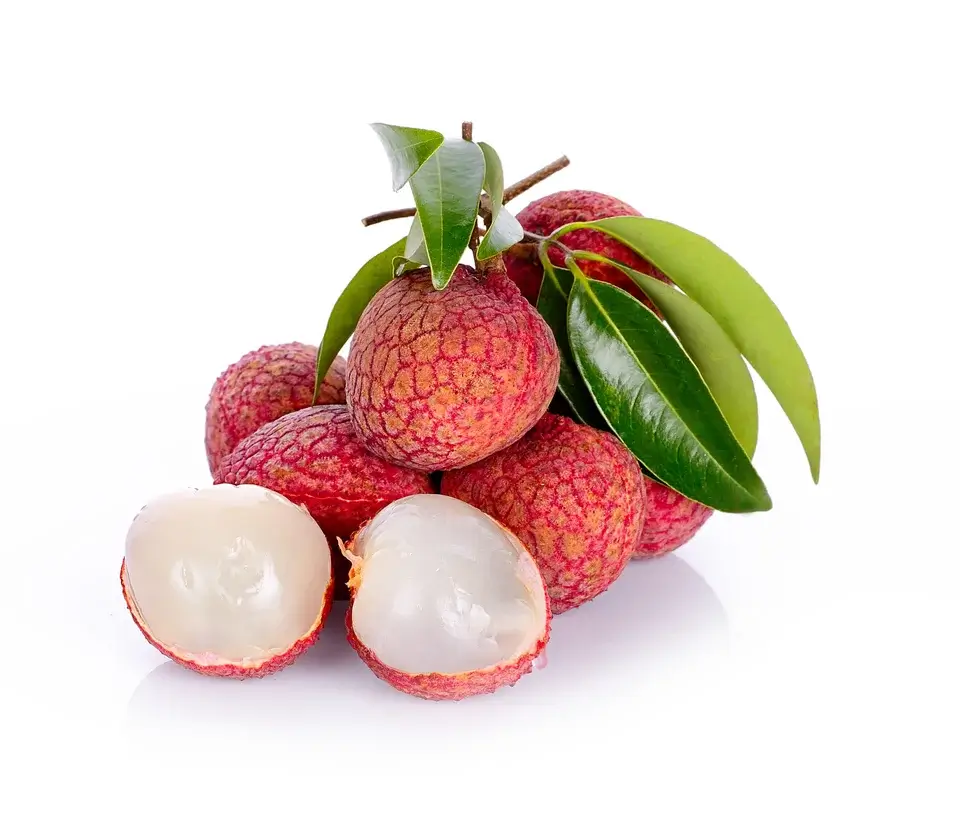 |
Mangosteen 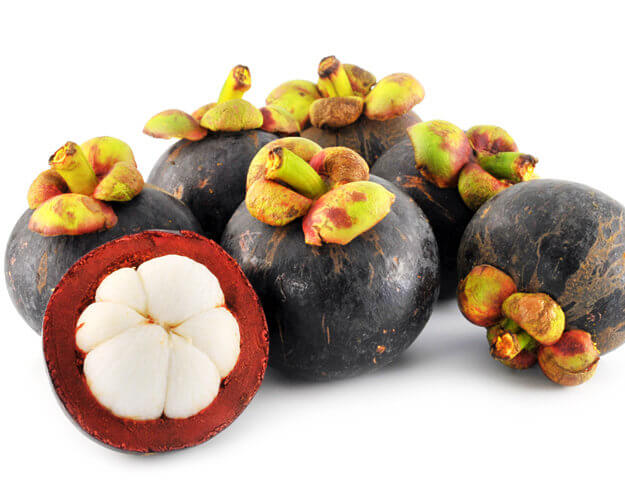 |
Marang 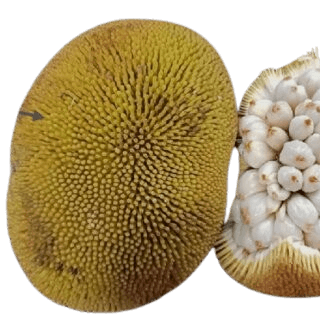 |
Monkey Jack 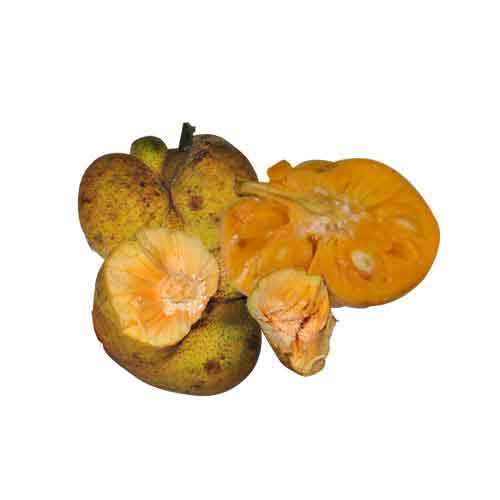 |
Osage Orange 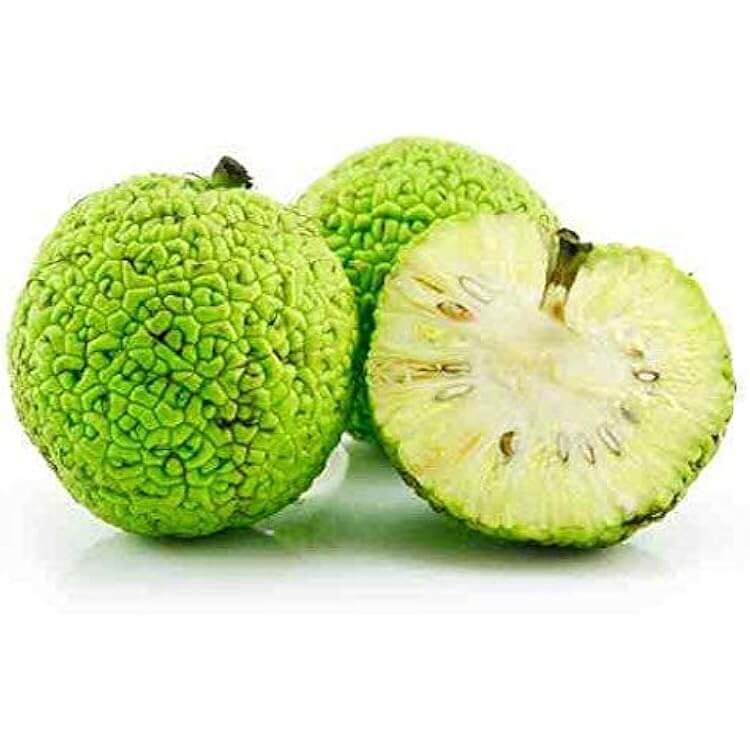 |
Papaya 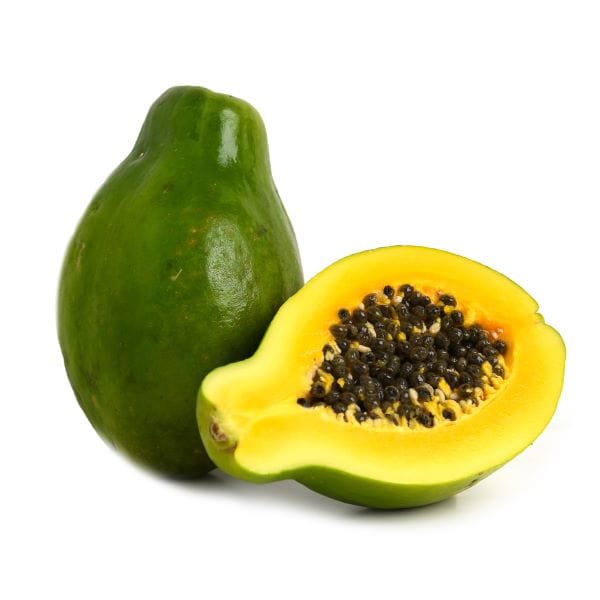 |
Persimmon 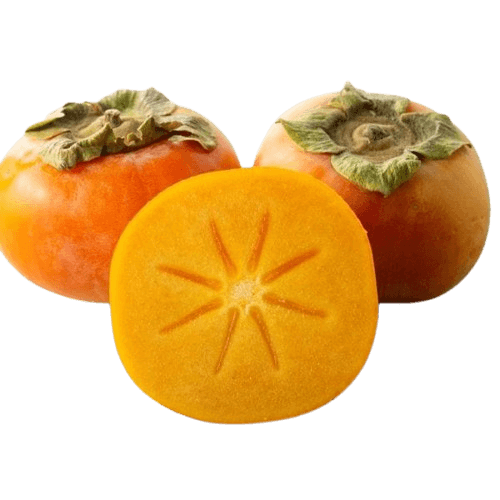 |
Pineapple 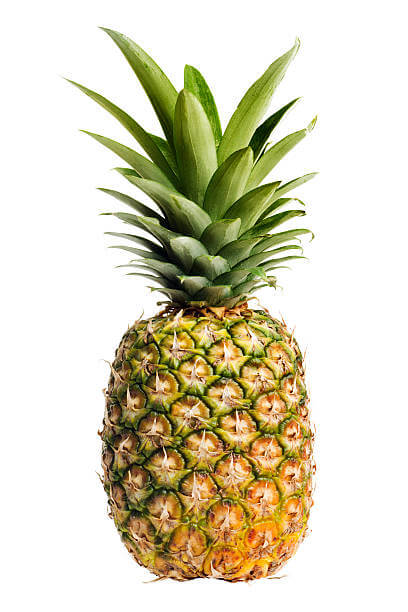 |
Prunes 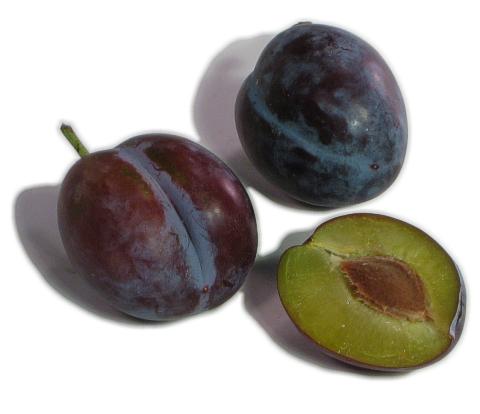 |
Rambutan 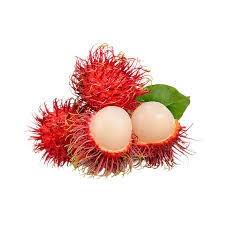 |
Soursop 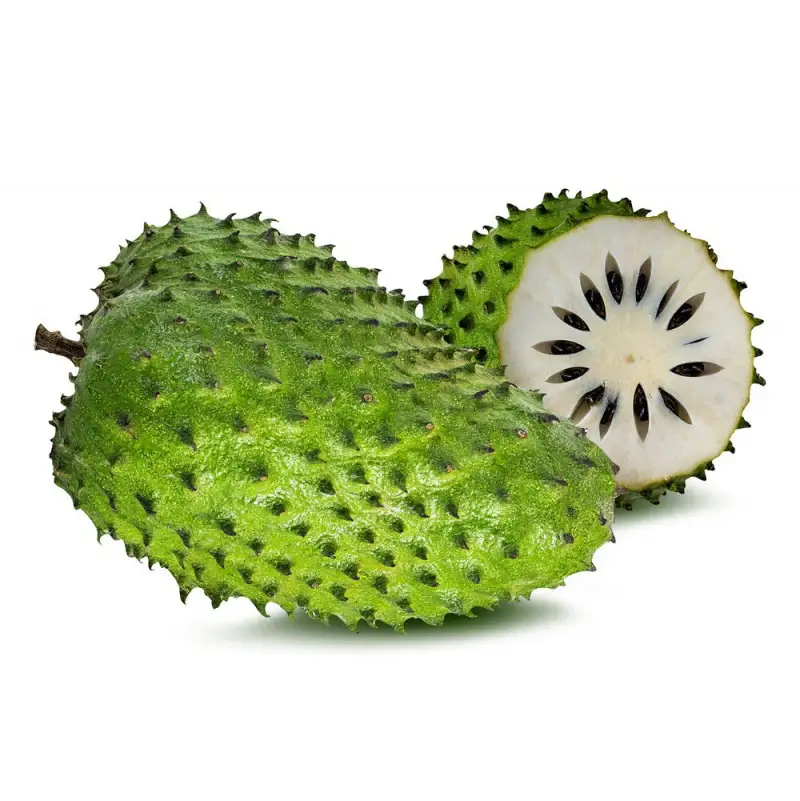 |
Star Apple 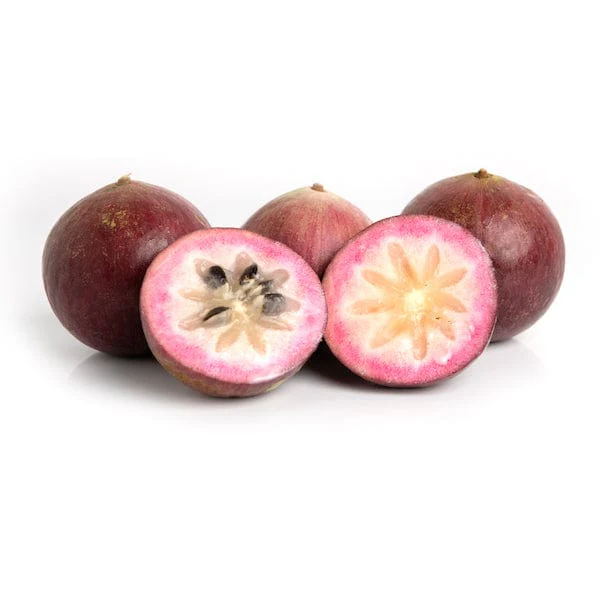 |
Tamarind 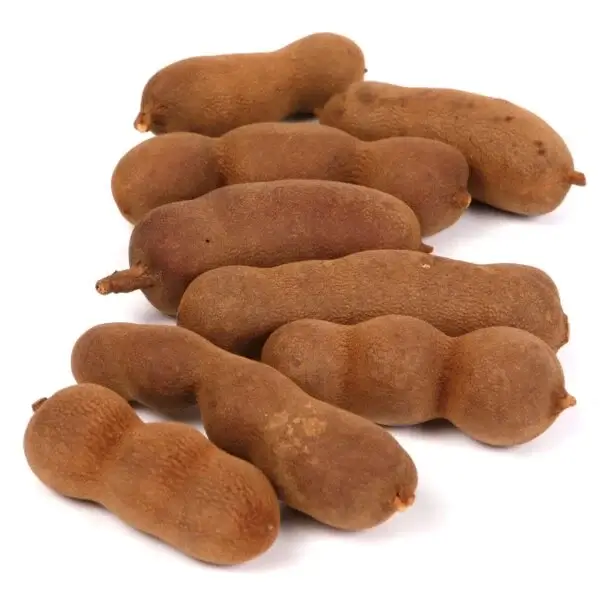 |
List of Different Types of Sticky Fruits
- Annona / Sugar Apple (Custard Apple) – Creamy white pulp is sweet and gluey, sticking to seeds and hands.
- Baccaurea (Rambai) – Juicy pulp often clings to fingers and the seed.
- Banana (overripe) – The flesh becomes soft and sticky as it ripens.
- Breadfruit – Sticky white sap leaks out when cut or harvested.
- Cherimoya – A relative of sugar apple with a smooth, custard-like texture that’s very clingy.
- Chiku / Sapodilla – Very sweet flesh with a caramel texture that clings.
- Cupuassu – Pulp is moist and clingy, often used in thick desserts or drinks.
- Dates – Extremely sticky when fresh or semi-dried due to high sugar content.
- Durian – The creamy pulp is soft and clingy; its smell and texture make it famously messy.
- Figs (especially wild or unripe) – Release a sticky white latex when broken.
- Indian Jujube (when ripe) – Turns into a sticky, jam-like consistency.
- Jabuticaba – Gelatinous pulp sticks to the thick skin when bitten.
- Jackfruit – Its ripe flesh is sticky, and the unripe version exudes latex sap when cut.
- Longan – Translucent flesh with a glossy, tacky surface.
- Lychee – Sticky juice seeps out as you peel or bite into the fruit.
- Mangosteen – The white segments are tender and sticky to the touch.
- Marang – Soft, custard-like flesh that sticks to fingers.
- Monkey Jack (Artocarpus lakoocha) – Has sour, gummy pulp used in chutneys.
- Osage Orange (Maclura pomifera) – Inedible but extremely sticky latex seeps from broken surfaces.
- Papaya (very ripe) – The soft inner pulp and seeds can be slippery and sticky.
- Persimmon (ripe) – The jelly-like texture is clingy and sweet.
- Pineapple (very ripe) – Juicy and sugary; the juice becomes tacky on skin when left to dry.
- Prunes – Dried plums that retain a tacky surface from natural sugars.
- Rambutan – The juicy arils are sweet and often cling to the seed.
- Soursop (Graviola) – Soft, fibrous pulp is thick, juicy, and clings to the fingers.
- Star Apple (Chrysophyllum cainito) – Pulp has a jelly-like consistency and is nicknamed “milk fruit” due to its gooey latex.
- Tamarind – The pulp is naturally sticky and used in pastes and sauces.
- Wild Figs (Ficus spp.) – Wild varieties exude even more sticky latex than cultivated types.
This list only begins to uncover the wonderfully messy world of sticky fruits. Across rainforests, orchards, and kitchen tables, countless varieties continue to surprise us with their syrupy drips, resinous layers, and velvety pulp. Their textures may challenge our expectations, but that’s part of their charm—inviting us to slow down, savor, and engage all our senses. In their stickiness lies richness, resilience, and a kind of sweetness that lingers long after the fruit is gone.
